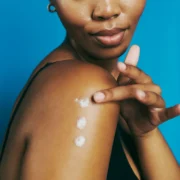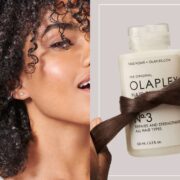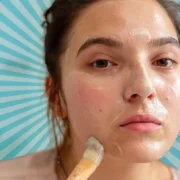Crooked and misaligned teeth are a massive problem in today’s society, where you get to spend most of your time on your appearance due to the influence of social media. So, when you have crooked or misaligned teeth, it is highly recommended that you visit an orthodontist during your teenage years before your permanent teeth set in. Early visitation to the orthodontist can help correct or prevent complications like shifting jaws, bite problems, and crowding, protruding, misaligned, or crooked teeth. These are the most common orthodontic treatments for teens.
Metal Braces
Metal braces are the most common type of braces; they are also referred to as the traditional braces. With the advancements in technology, metal braces have considerably evolved from the past bulky and noticeable braces. The modern metal braces are more effective, comfortable, faster, and smaller. The orthodontist fits the braces on your teeth and connects them with a wire. Elastic ties are used to tie the wire to the braces; they also come in various colors giving you a choice of the color you want. The orthodontist will then schedule you for appointments after every 4-8 weeks for adjustments to the wire. It is crucial to observe good oral hygiene throughout the treatment since the metal braces require constant care and attention to work efficiently.
Self-Ligating/Damon Braces
These braces work using the same principle as the metal and ceramic braces. Damon braces are designed to use a wire to move your teeth into place. Self-ligating braces do not use elastic ties to hold the wire in place as the ceramic and metal braces; instead, it uses clips or doors to hold the wire in place, commonly referred to as the sliding door technology. The sliding door technology ensures less friction while providing the same treatment and comfort since it provides the wire of your braces with an allowance to move back and forth within the bracket. With self-ligating braces, the appointments are usually shorter due to their simple adjustment mechanisms, thus reducing the treatment time.
Lingual Braces
The preference for lingual braces is on the rise though they are the most sophisticated orthodontic treatment since not just any orthodontist has the skill required to fit them in. With lingual braces, the braces consist of wires and metal brackets placed behind your teeth. The benefits of lingual braces include being customized to suit your teeth, being utterly invisible with them being behind your teeth, and offering better versatility and efficiency in specific patients. Before getting fitted with lingual braces, it is worth noting that some patients exhibit an irritation to their tongues and a slight change in their speech. There’s no need to worry since these symptoms only last for a few days as your mouth adapts to the new changes.
Invisalign And Clear Aligners
Since the invention of Invisalign and clear aligners, their demand has risen remarkably. This rise is because clear aligners and Invisalign are removable, clear, and transparent; fewer and shorter appointments are required, allowing easy flossing and brushing. If you check with an Orthodontist in NJ, they will recommend them to a patient who previously had braces, and they now require a little touch-up if you happen to have a mild dental problem such as a large overbite, poor jaw alignment, misaligned teeth, or an open bite, then Invisalign and clear aligners are the best options for you.
Ceramic Braces
Ceramic braces work the same way as metallic braces, but they are less noticeable and more discreet. Ceramic braces are made from a tooth-colored ceramic material to ensure that they blend in with your teeth. Patients who need an affordable orthodontic treatment mostly prefer ceramic braces over the other kinds. Ceramic braces are to be handled with the uttermost care, and you should strictly observe your hygiene, diet, and brushing habits since they easily stain and are a bit larger than the traditional braces.
Headgear
Headgears are mainly used to complement the braces, and they are primarily used to treat severe cases of overbite, crossbite, open bite, and underbite. While the main aim of braces is to fix your teeth, positioning the headgear is responsible for influencing the proper development and growth of your jaws. The headgear is fitted with a neck strap which is usually attached to the patient’s head or face. There are different types of headgears, with each one responsible for correcting a specific condition. The most common head gears include the cervical pull headgear, which corrects an overbite or underbite, high pull headgear corrects an open bite, while a reverse-pull headgear corrects an underbite or crossbite.
Delaying early orthodontic treatment may lead to further complications. Even though you can complete your orthodontic treatment without any problem as an adult, the teeth and jaws of teenagers respond quicker to orthodontic treatment and at a shorter duration than adults.






